Lhosar (also spelt: Losar, Loshar, Lohsar, Lhosaar) is a Buddhist festival celebrated mostly by Tibetans and Sherpas all over the world. It is basically the celebration of the Tibetan New Year. “Lho” means “year” and “sar” means “new.” It is the biggest festival of the Tibetans and Sherpas, the equivalent of Dashain and Deepawali for Hindus, Christmas for Christians, and Id for Muslims.
The festival mainly consists of Tibetans/Sherpas family, relatives, and friends having a get-together and eating, drinking, and making merry. The traditional activity during the main day, which is the first day of the Tibetan calendar, is to keep things new and fresh. So people celebrating this festival wear new clothes on this day. They also make sure that their house is clean and well-decorated. The first day of this festival is dedicated to worshipping the venerated gurus and lamas. Tibetans and Buddhists visit monasteries to pray and give offerings to their respective gurus and lamas. The second day is traditionally meant to be paying homages to the kings, but nowadays it is the day when Dalai Lama pays a visit to several international delegates. Several get-togethers and mutual thanksgiving parties follow for several days following this festival until the Butter Lamp Festival, which falls on the first full moon of the new year. Prayers and offerings are made to various deities and protector gods throughout this festival.
One of the most popular activities during this festival is the cooking of a special biscuit called “khapse.” Tibetan/Sherpas prepare khapse few days before the festival and eat and share them with their relatives and friends during and after the festival. Old prayer flags are replaced with new prayer flags in every home of people who celebrate this festival.
Lhosar is a 3-day festival, which generally falls in late January or early February. This period is winter in Nepal and the weather tends to be cold, especially in mountainous regions.
Note: There are also other Lhosars (similar to the Tibetan Lhosar) celebrated by other ethnic groups of Nepal, such as Tamu Lhosar, celebrated by the Gurung community of Nepal. People in Bhutan also celebrate Lhosar, but in their own way, which is quite different from the way Tibetans/Sherpas celebrate this festival.
Overview
Things you are likely to be engaged in if you participate in this festival:
- Observe Tibetan/Sherpa culture
- Taste khapse and other Tibetan foods and beverages (chhang, an alcoholic drink, in particular)
- Visit various monasteries and listen to sermons from the lamas
- Participate in several worshipping activities.
- Attend several parties of Sherpas and Tibetans.


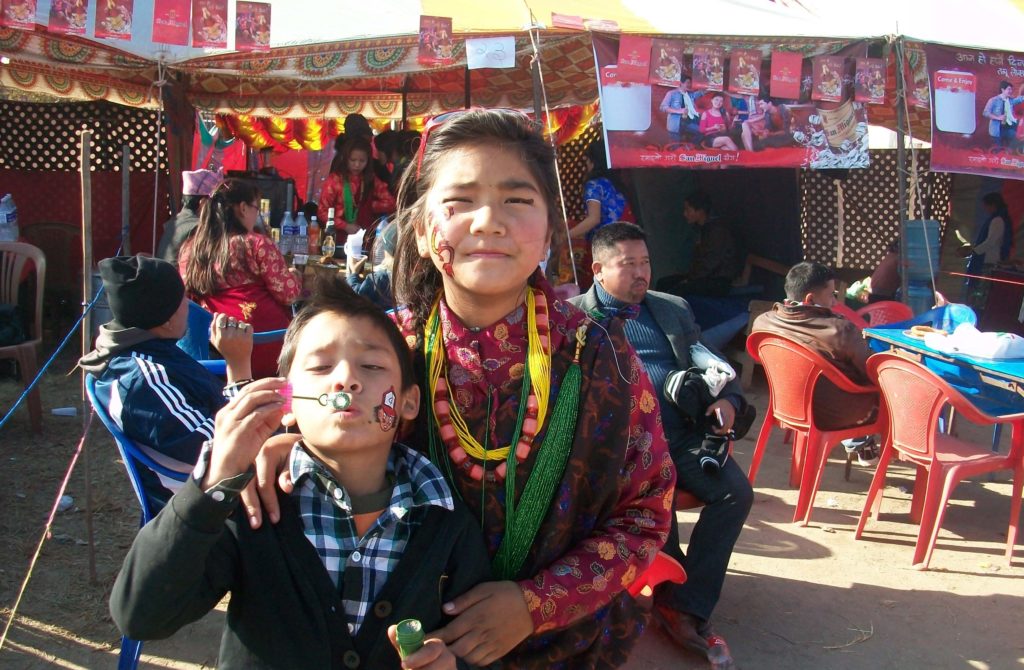
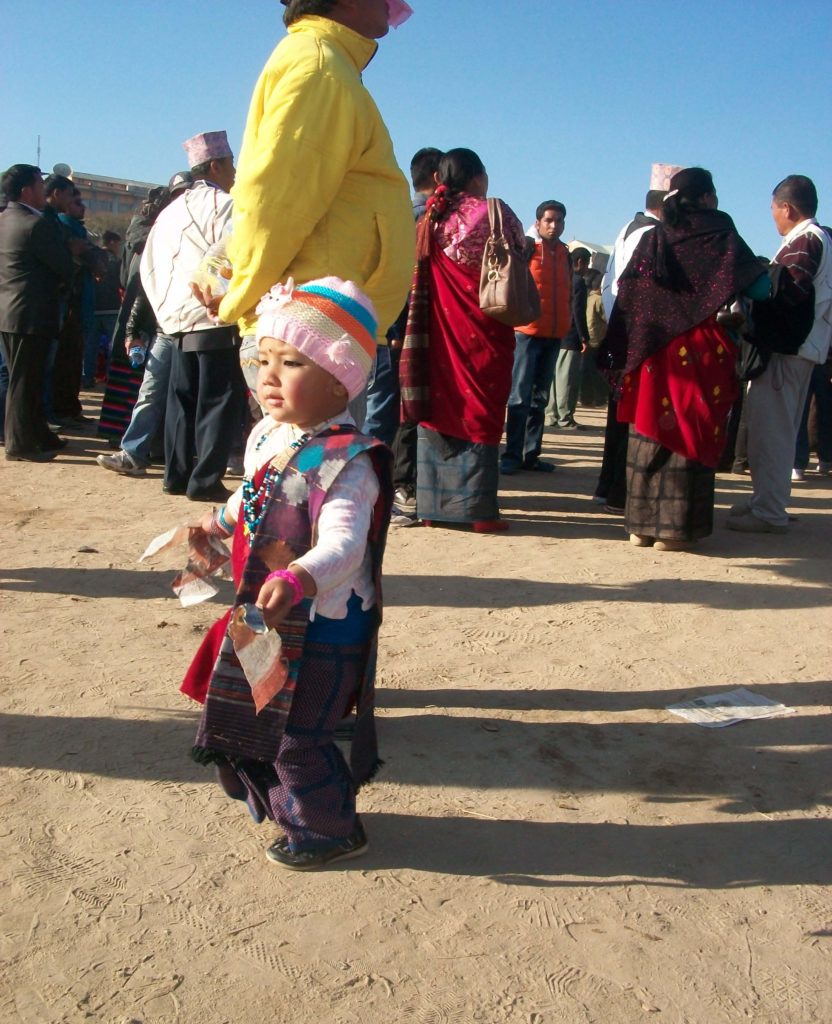
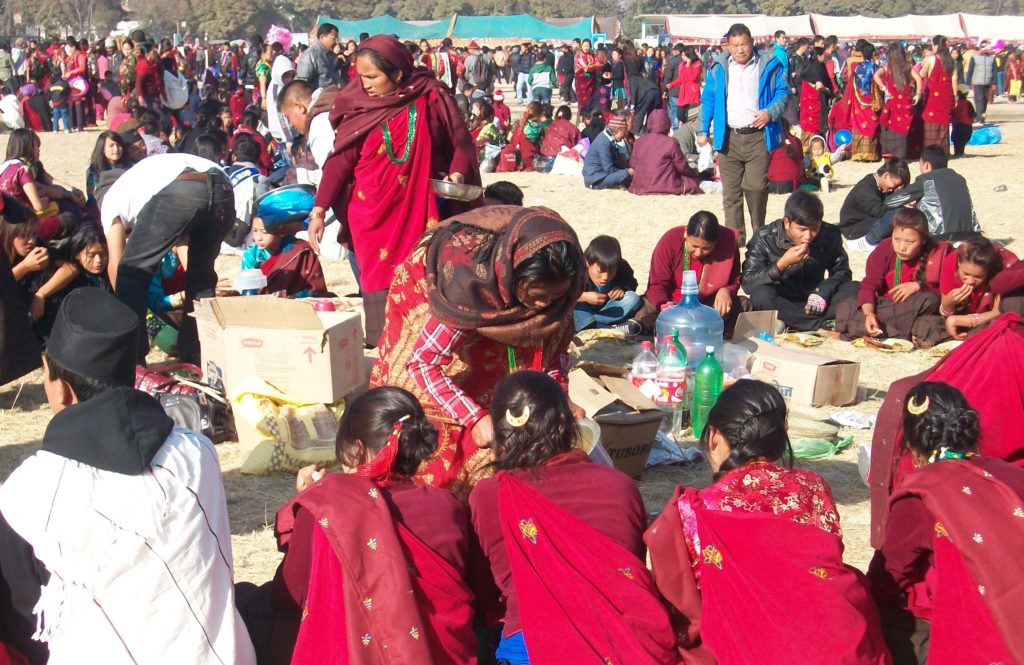
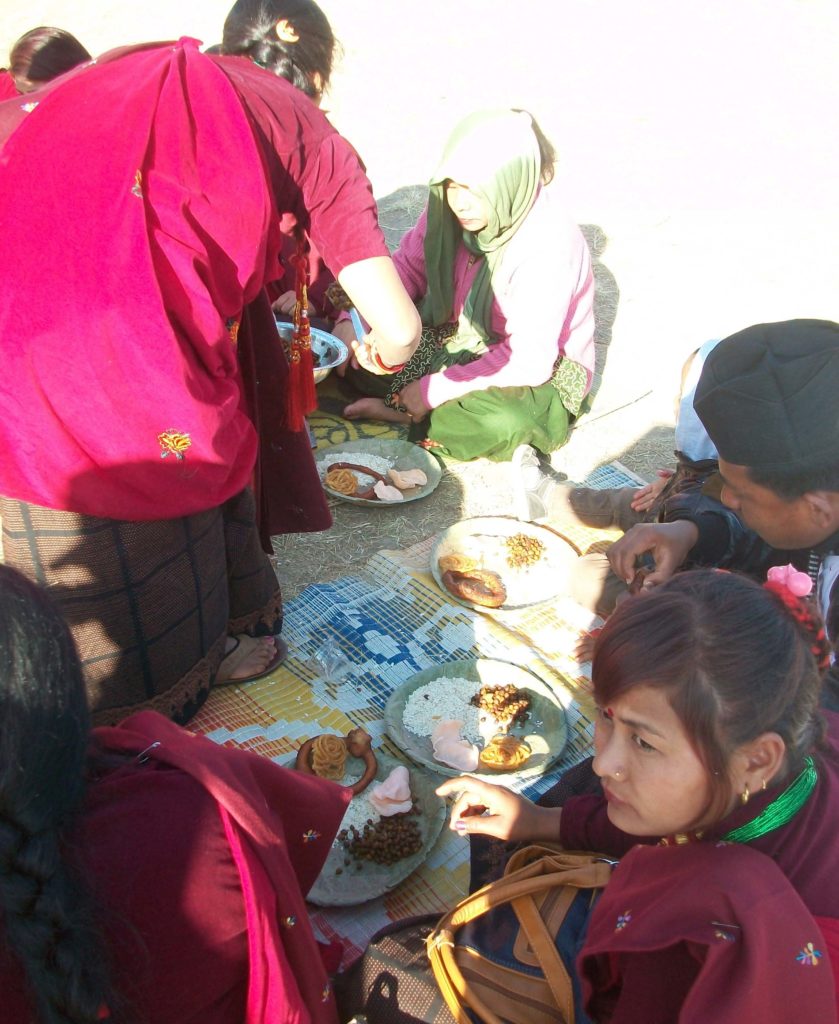
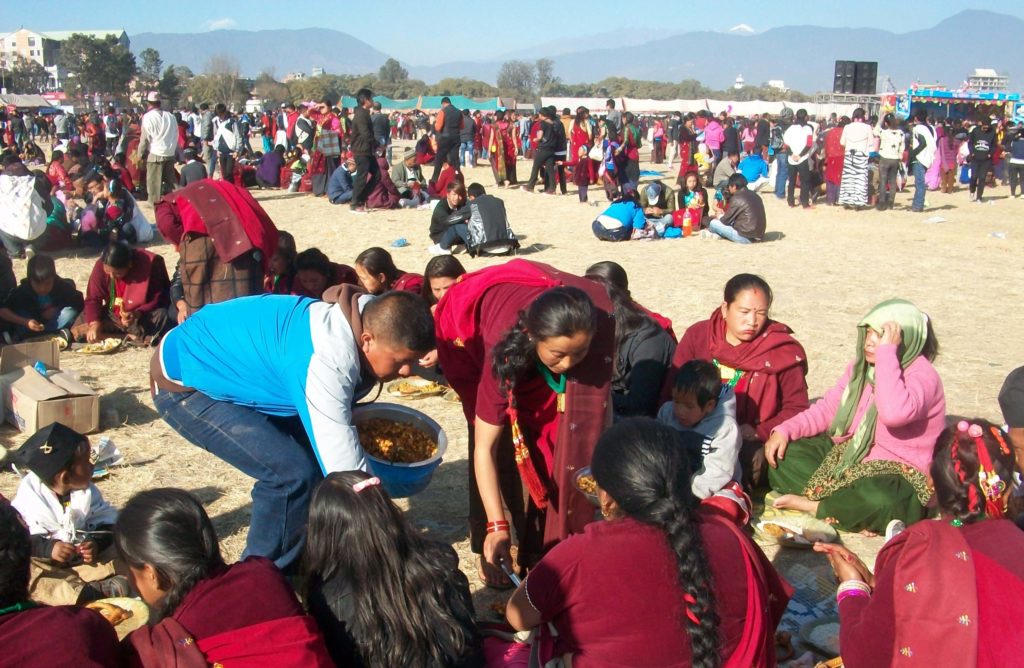
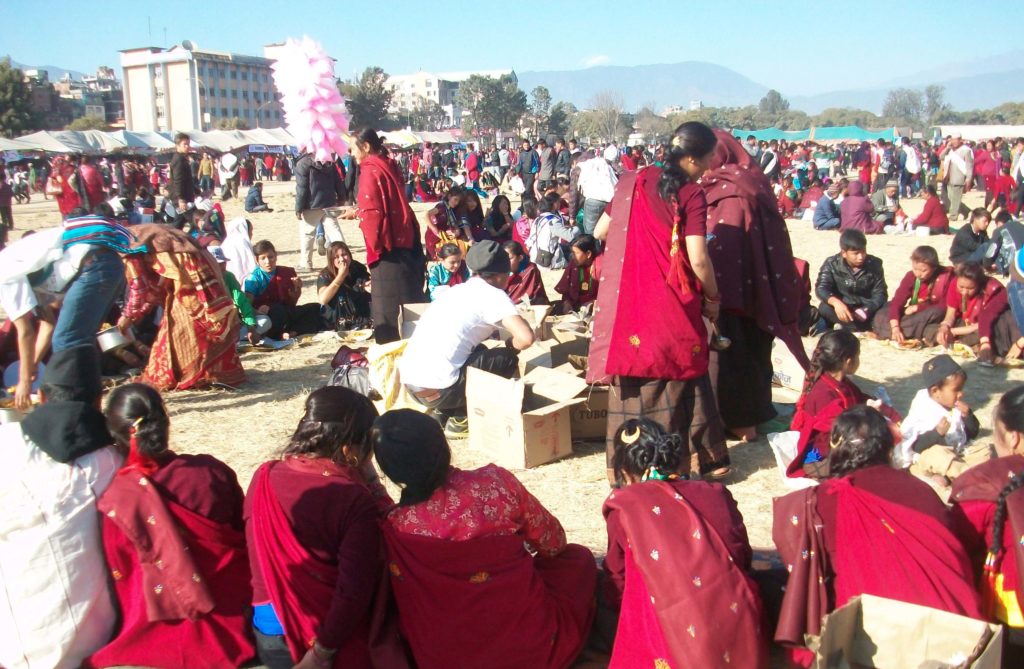
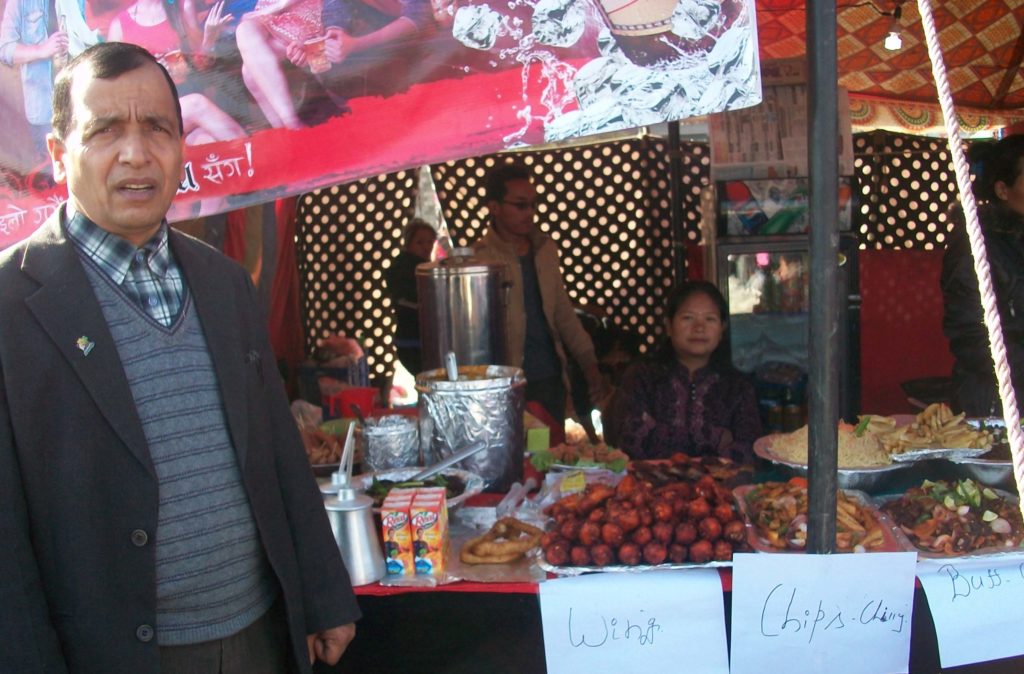
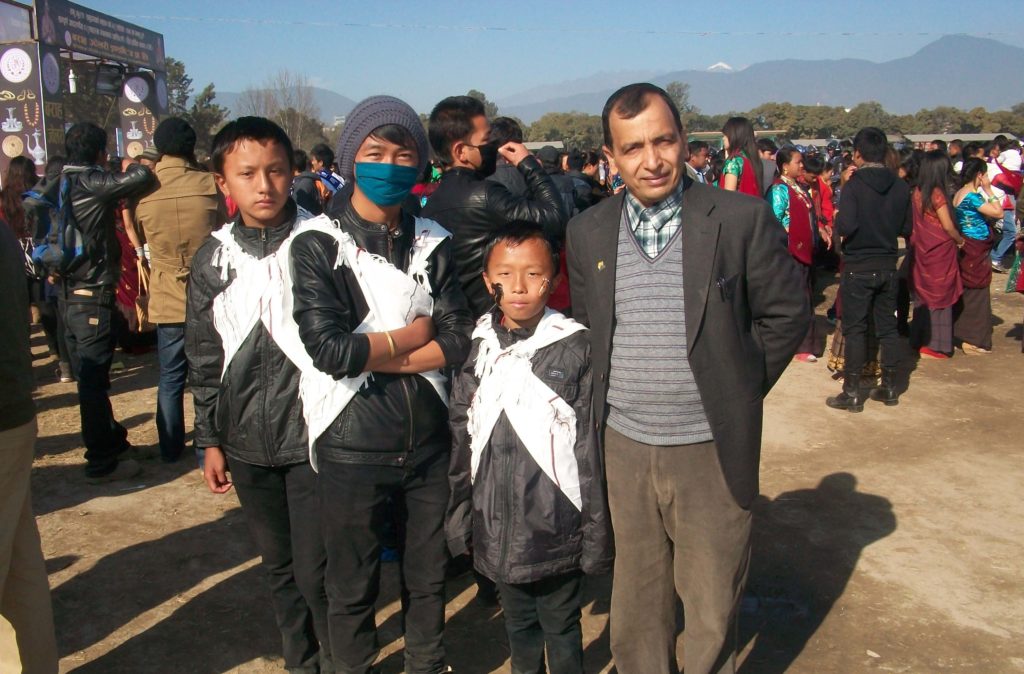
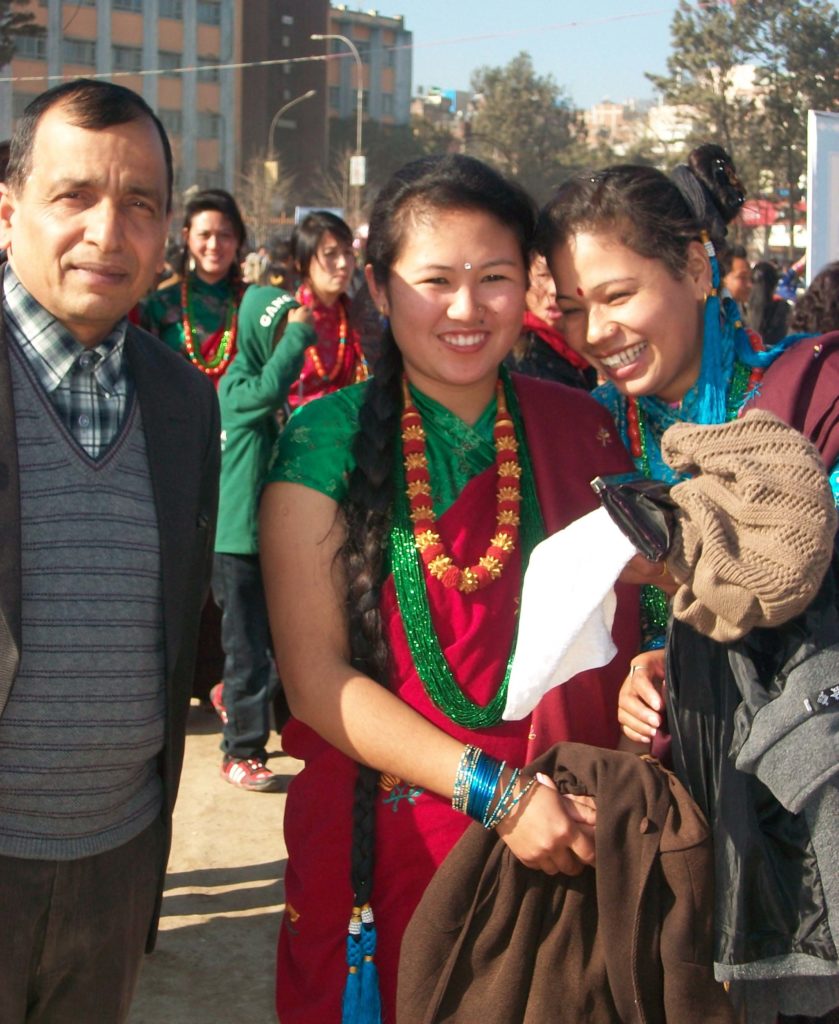
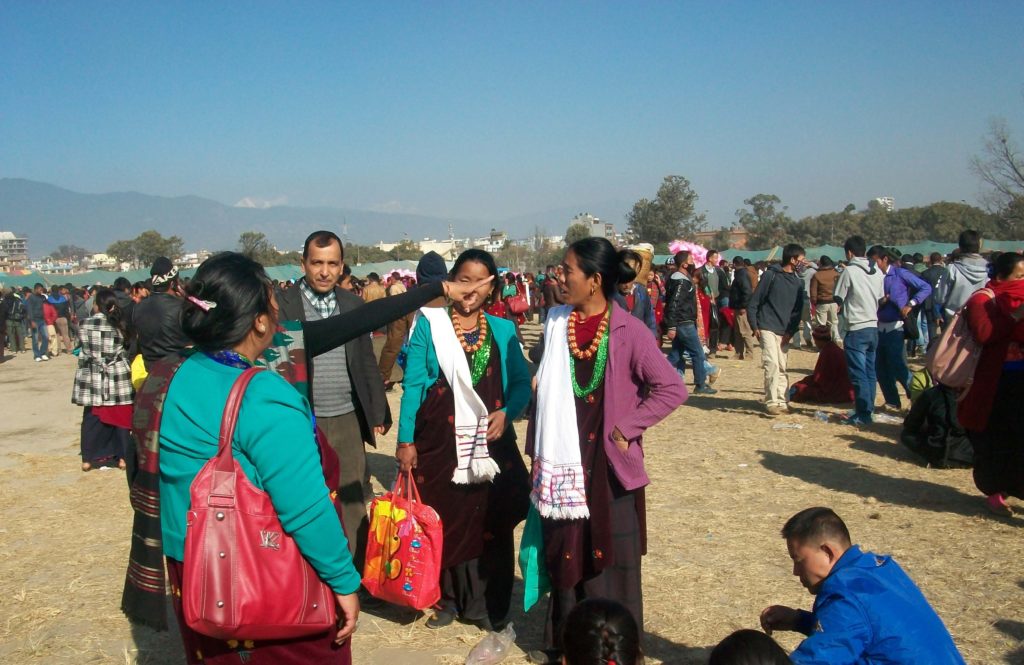
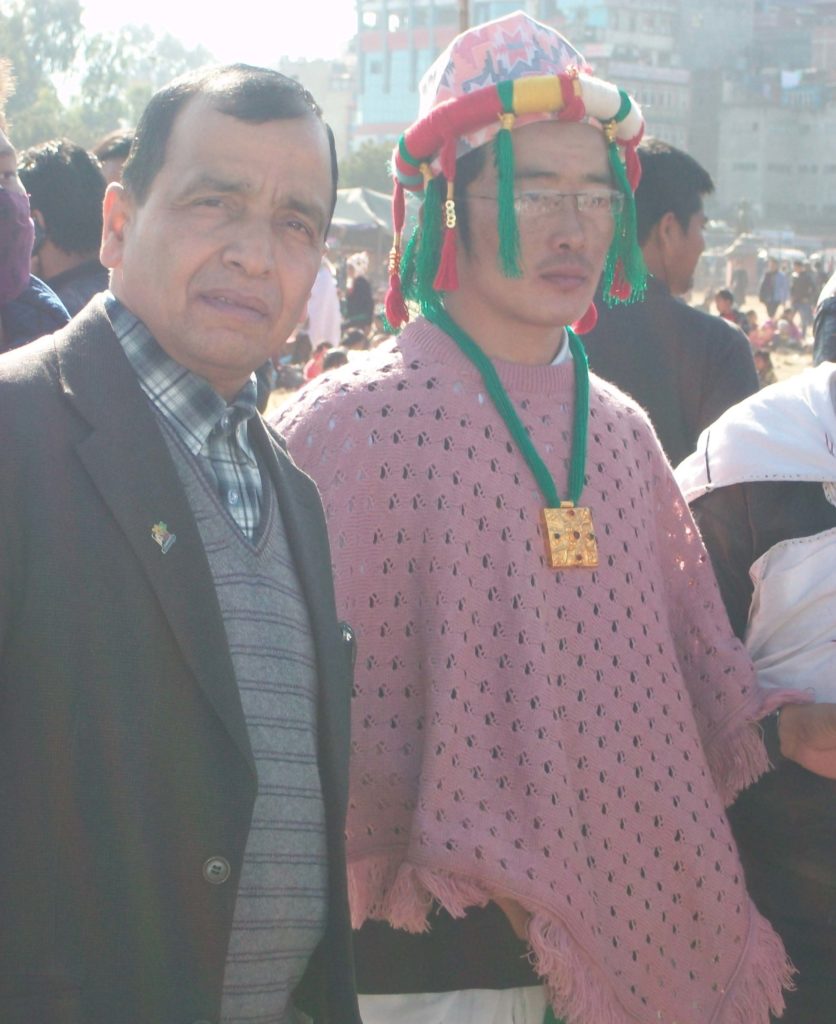
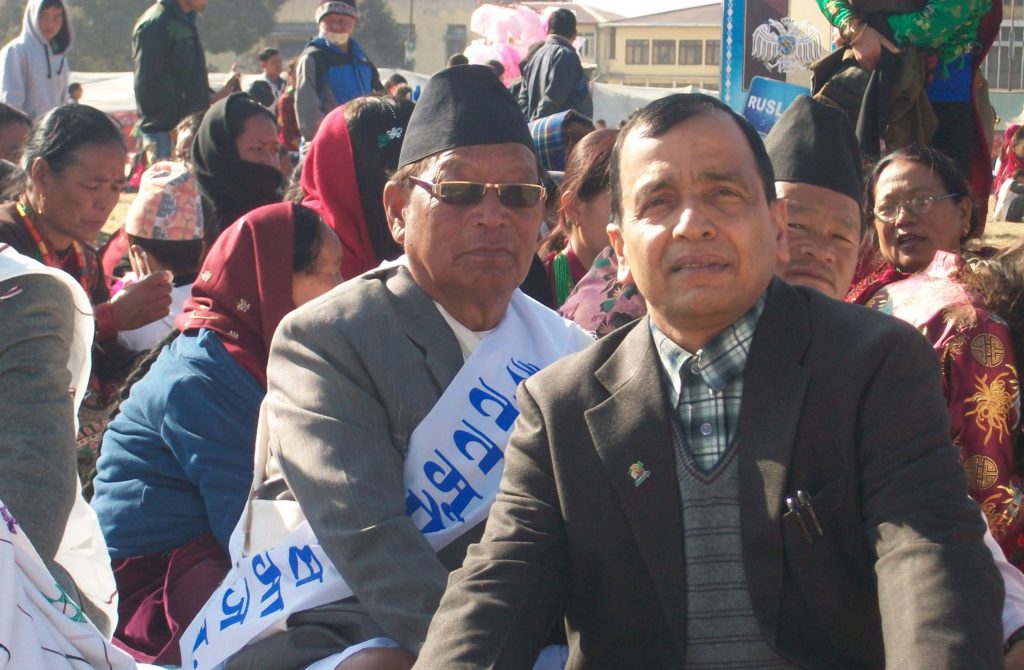
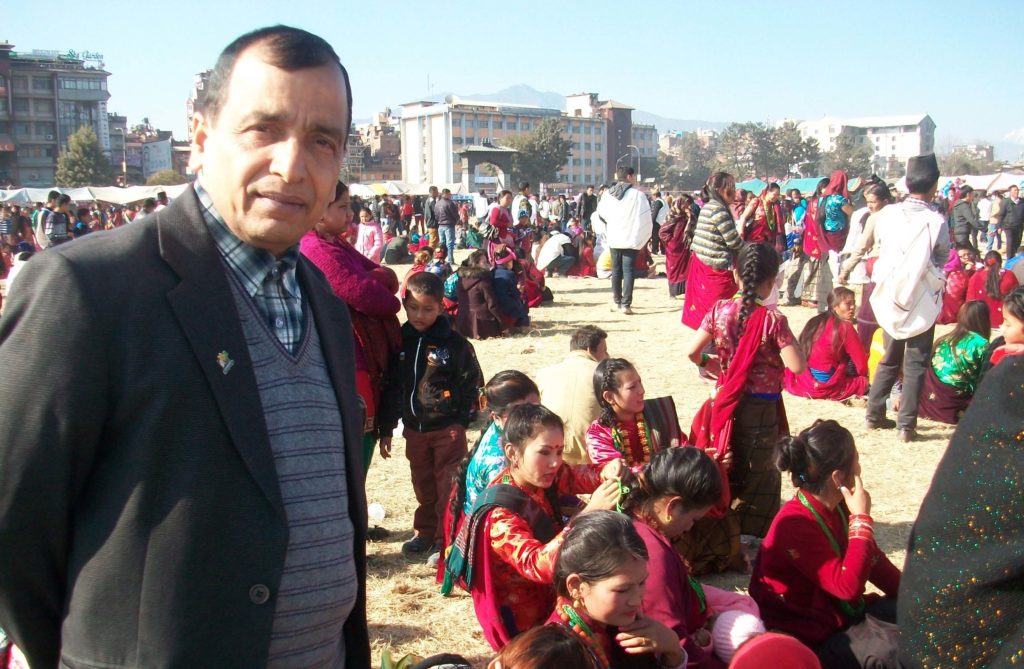
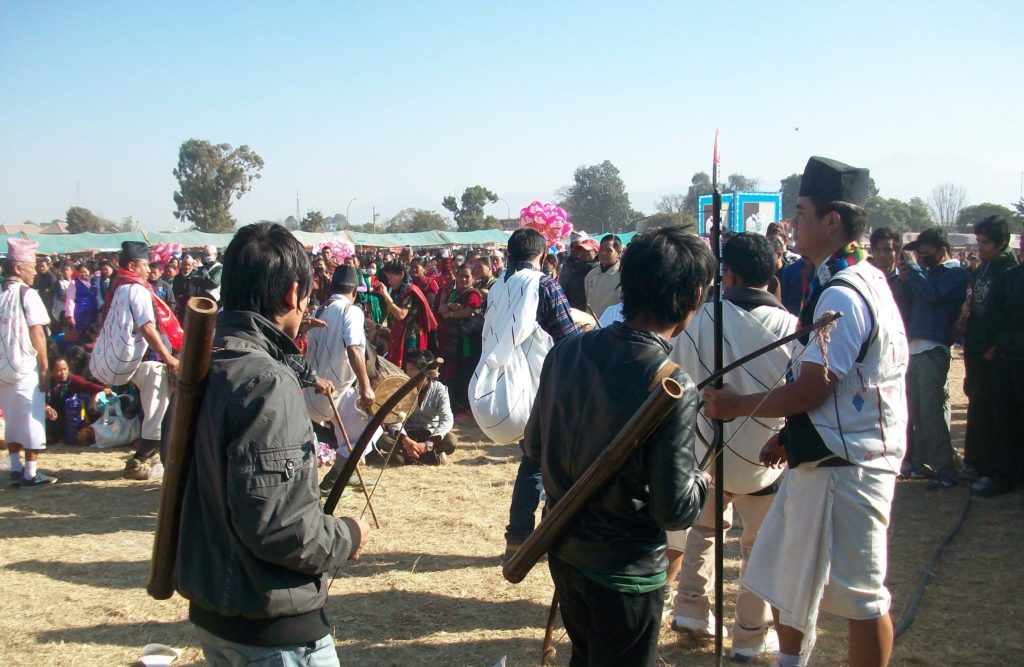
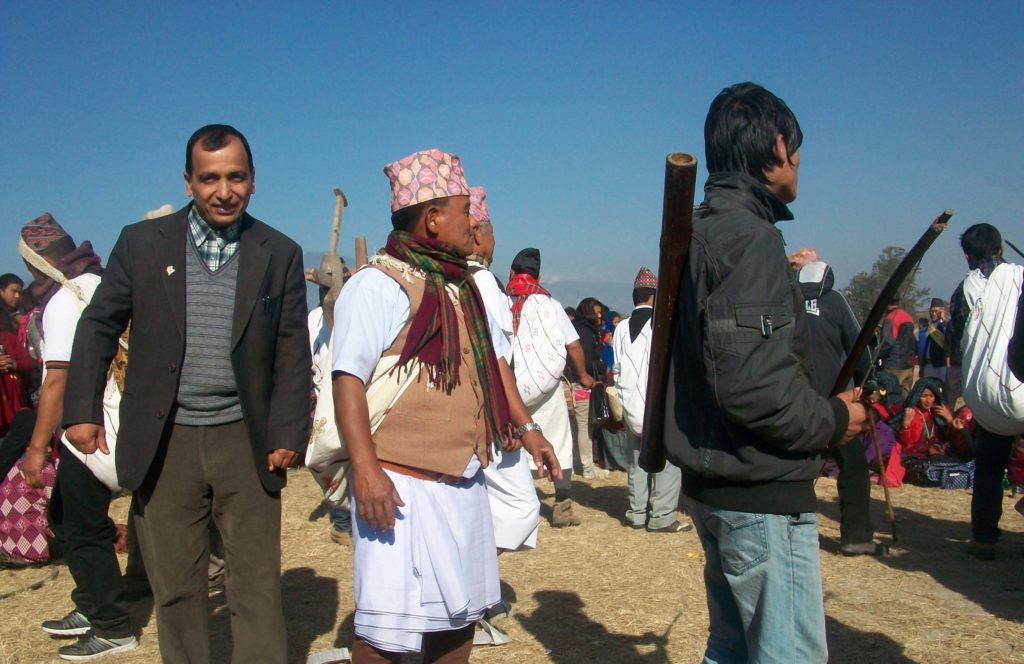
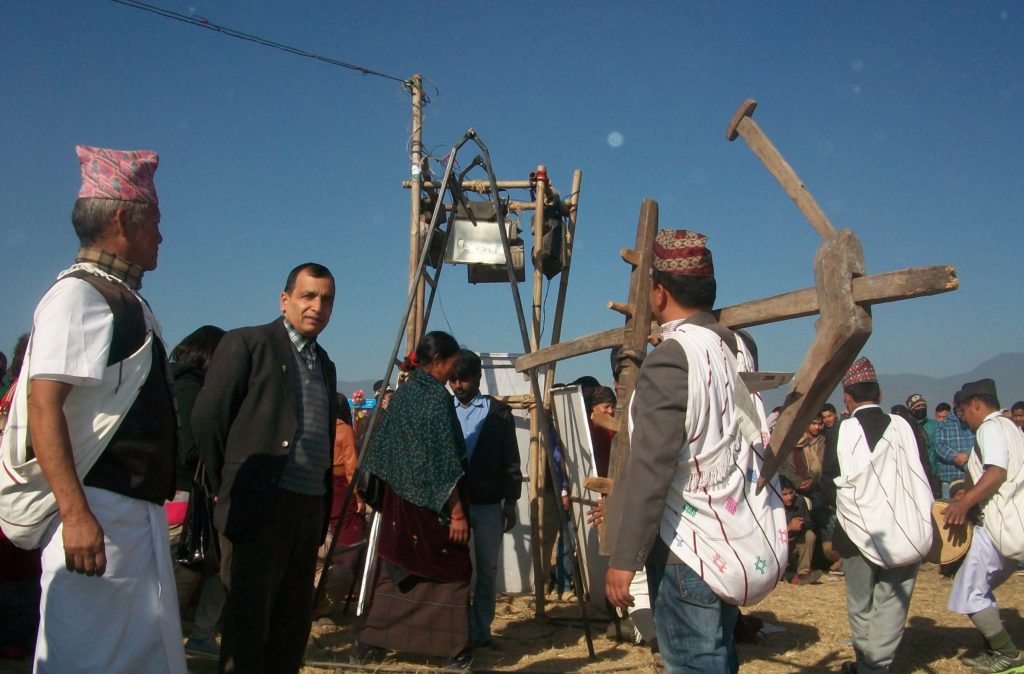
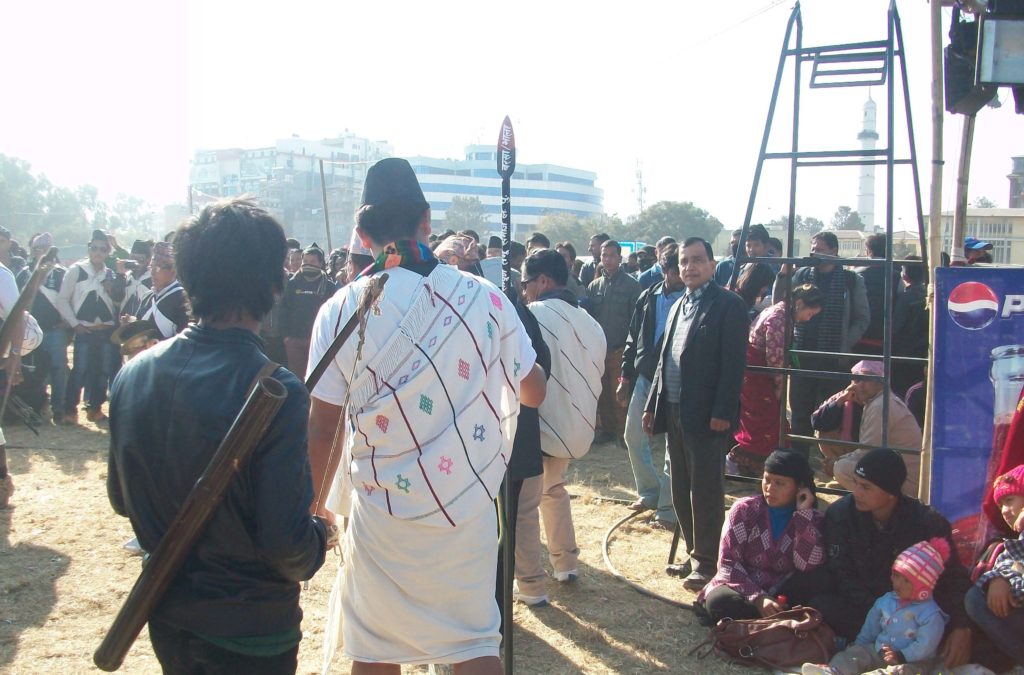
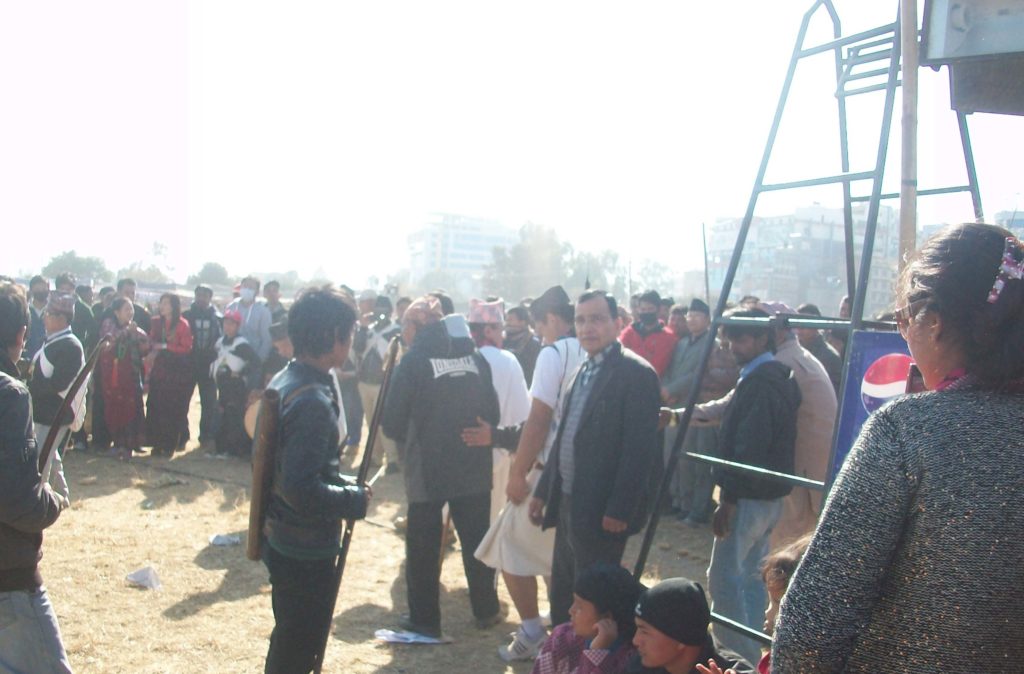
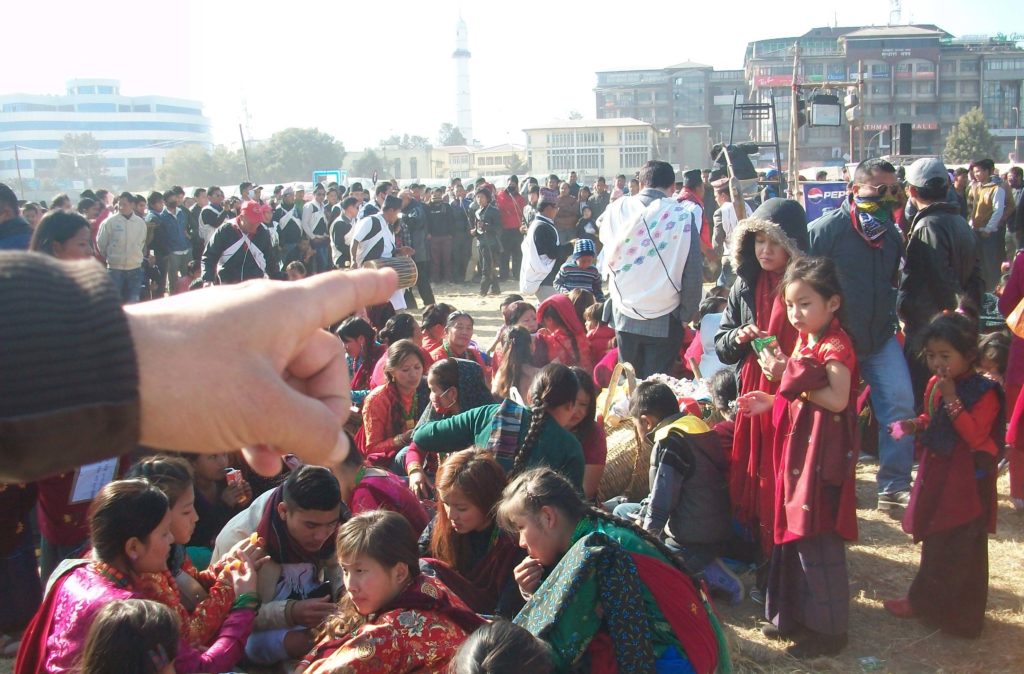
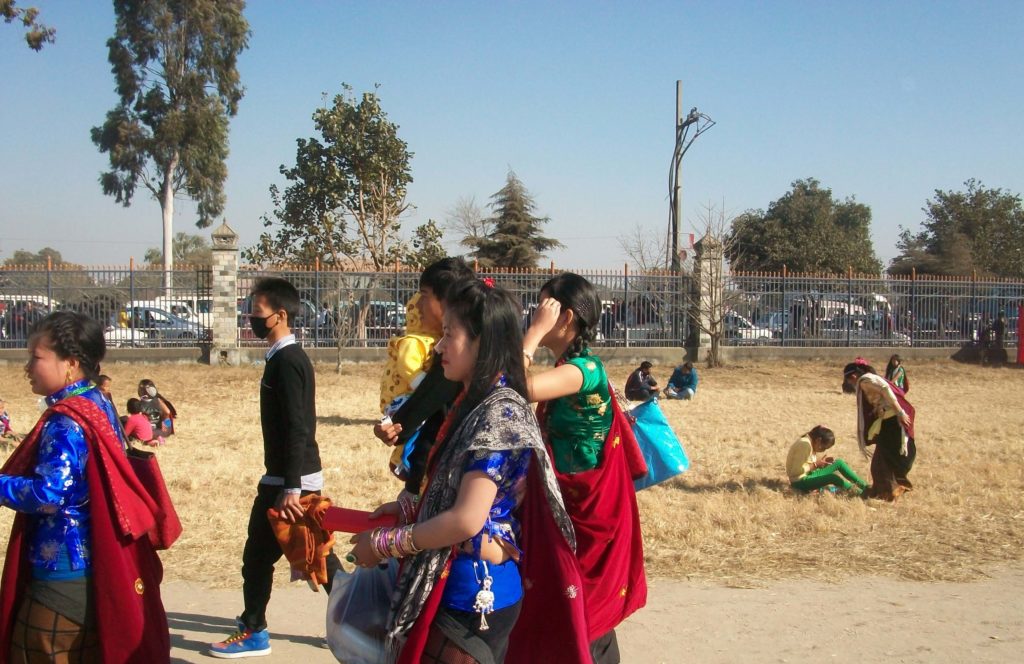
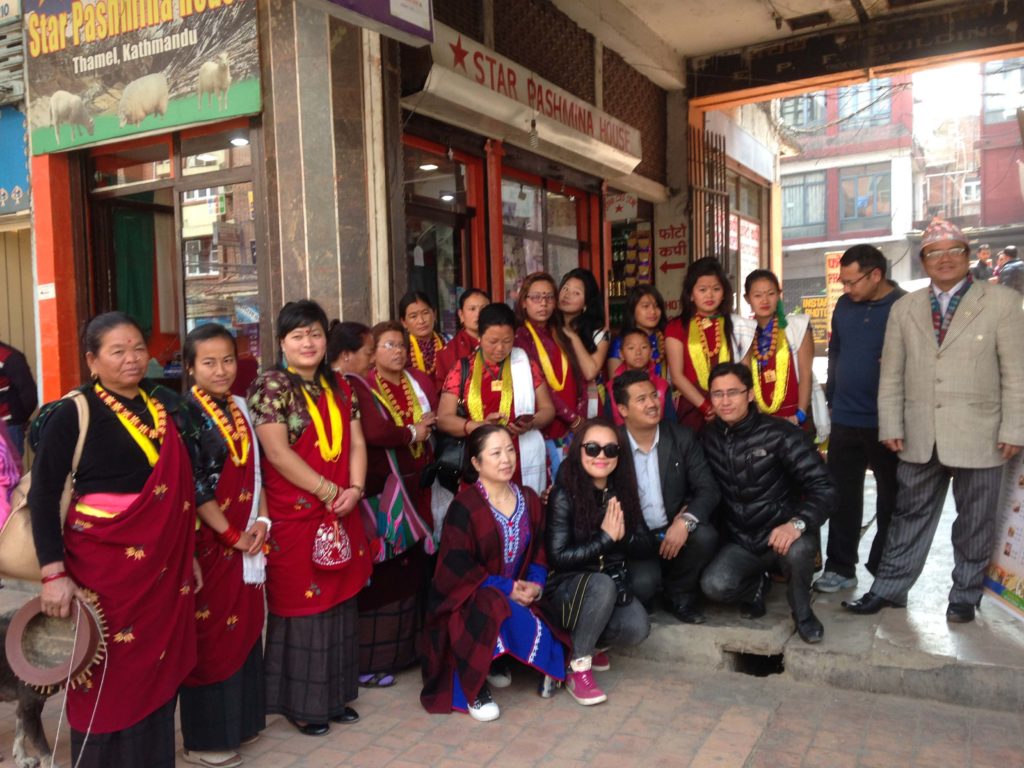
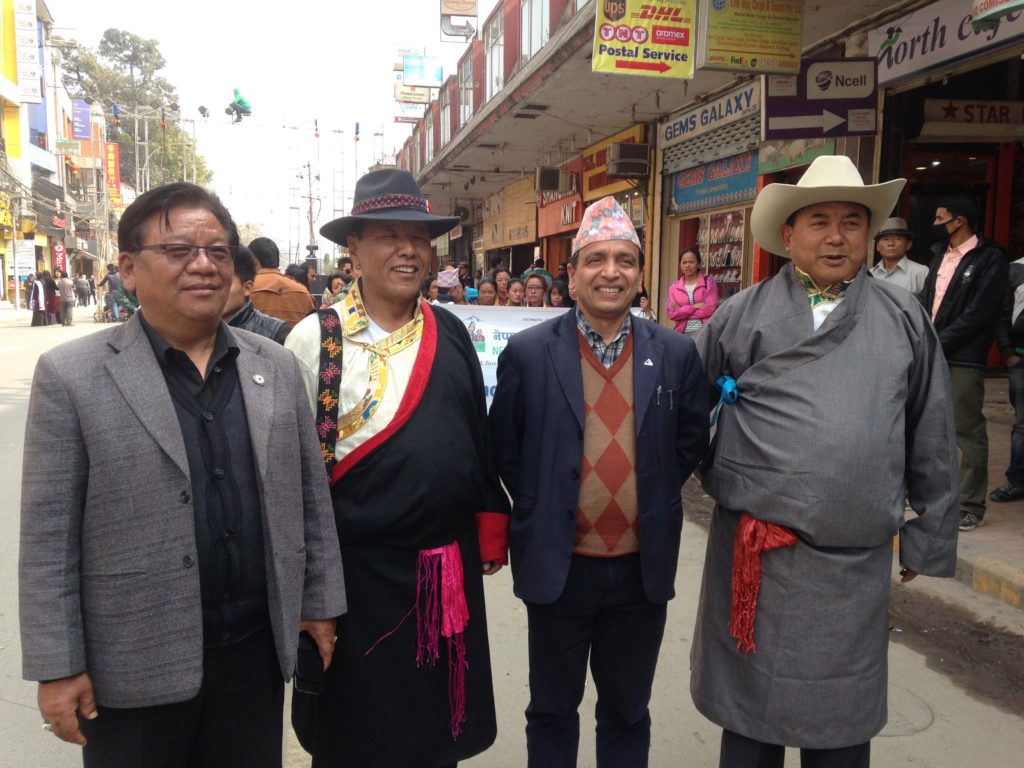
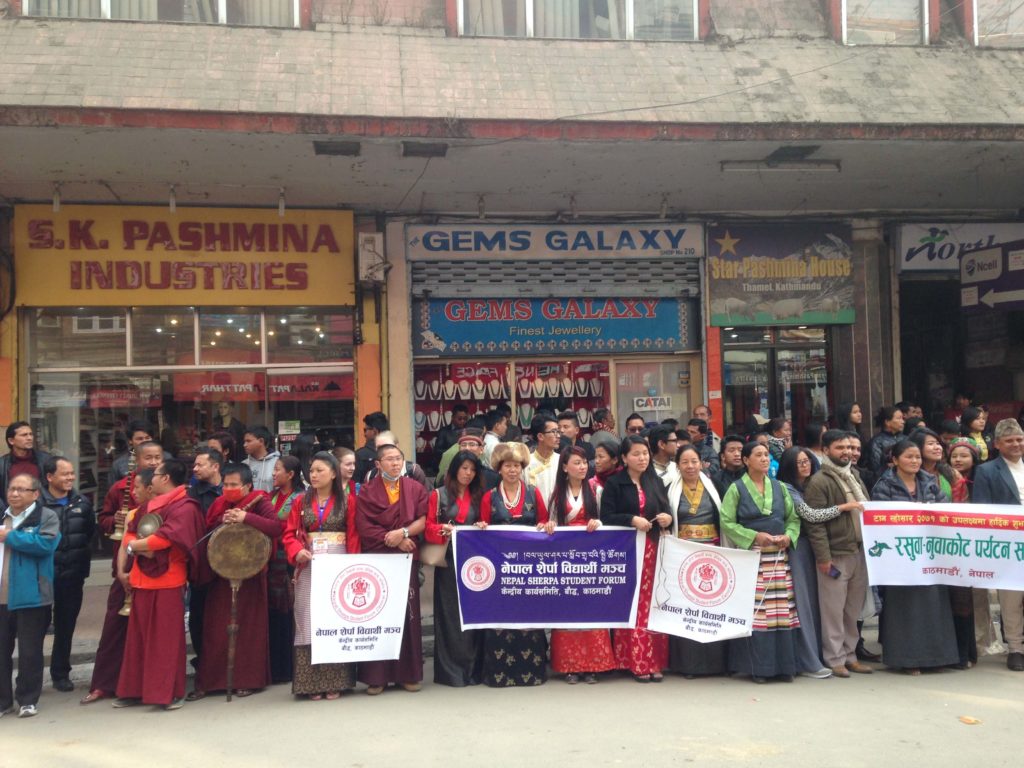
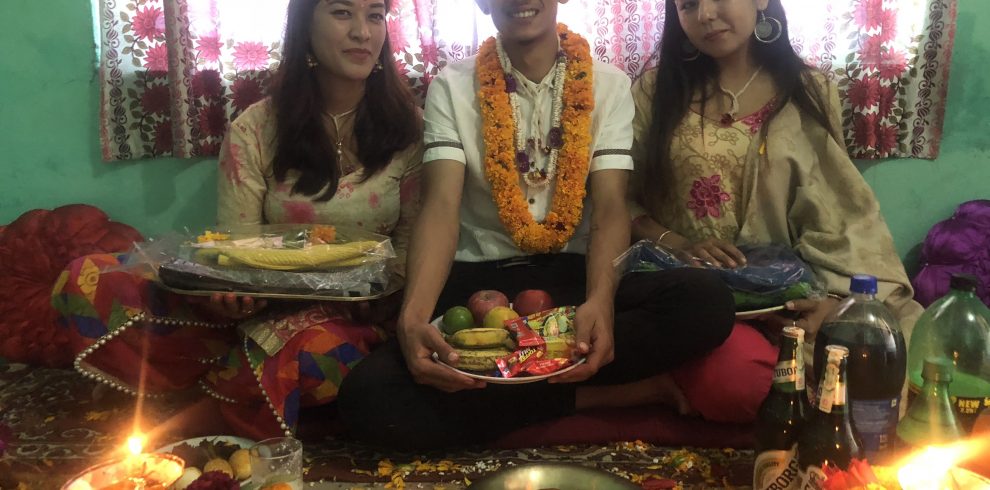
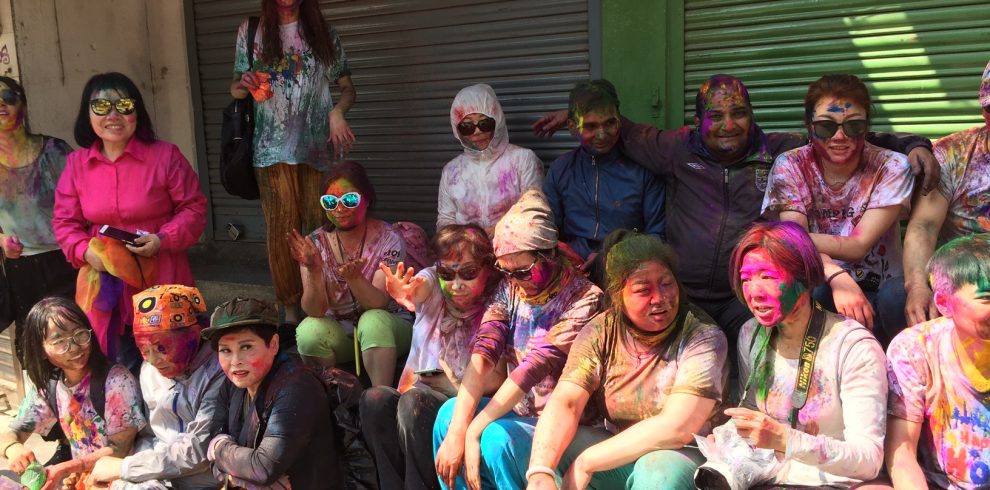
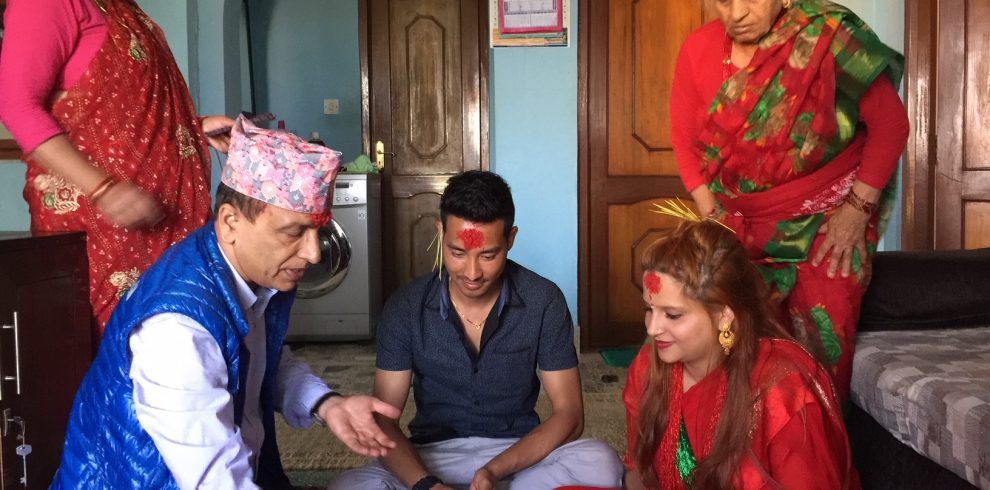
Write a Review
You must be logged in to post a comment.